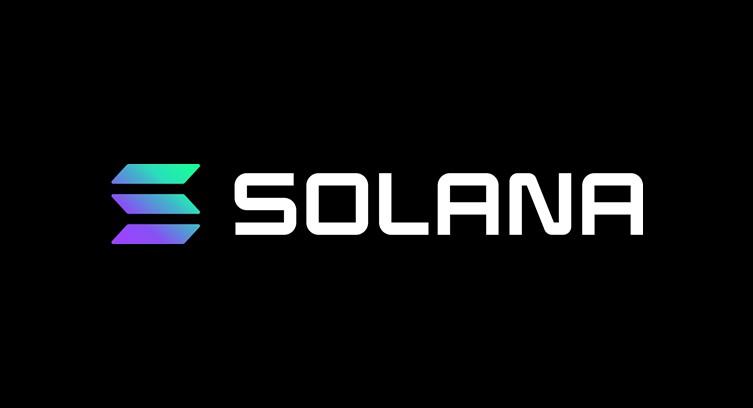Is this a bailout for crypto banking?
As the wreckage that started in crypto-banking threatens financial institutions beyond the sector’s borders, the federal government is eager to make it clear that they are not going to let it get out of hand.
“I instructed my team to act quickly,” President Joe Biden said Monday, saying the U.S. Treasury Department and banking regulators were taking immediate action to protect depositors. “We will not stop at this. We will do whatever it takes.”
Federal Deposit Insurance Corp. (FDIC) took over Silicon Valley Bank (SVB) and Signature Bank and exercised special powers to declare that all of the customer money in the failed banks has recently been wrapped in government guarantees. And the Federal Reserve triggered its emergency authority to bail out the banks by offering one-year loans to back up their deposits.
Just days after the collapse of crypto-focused Silvergate Bank, the government has aggressively clamped down on the banking industry, although Treasury Secretary Janet Yellen was careful not to push back on some of the rescue rhetoric raging in Twitter discussions. She said on TV at the weekend that the government cannot go back to the pre-2008 playbook.
As a toxic soup of mortgages and derivatives choked the global financial system at the time, the government injected hundreds of billions of dollars into the banking system and took a number of other measures to support lenders. That help was ultimately billed to taxpayers.
That’s not what’s happening here, so far.
Under federal law, a bunch of federal authorities can declare a “systemic risk exception” when they agree that the implosion of an institution could endanger the financial system. The Treasury Department, Federal Reserve and FDIC invoked this exemption for SVB and Signature, after consulting with the President.
The FDIC guarantees all deposits at both banks — beyond the $250,000 limit that the agency’s insurance fund typically protects. If the lenders’ own assets end up insufficient to cover this cost, something extra will come out of the FDIC’s fund, which is paid for by assessments from the banking industry.
The FDIC has used its deposit insurance to help support banking more widely in the past, when it temporarily moved to raise coverage from $100,000 in deposits to $250,000 during the 2008 crisis. It later made the new level permanent. But this current move is only for the two named banks.
Meanwhile, the Federal Reserve issues its one-year loans to banks, allowing them to pledge government bonds and other high-quality assets at face value. So if a bank needs cash quickly to pay for customer withdrawals, they don’t have to run out and sell their assets at a loss. The Fed is not funded by federal appropriations, so this program also does not come directly out of taxpayers’ pockets.
“No loss will be borne by the taxpayers,” Biden said
The US Government Accountability Office warned back in 2010 of “moral hazard” concerns after regulators intervened with Wachovia and Citigroup Inc.
“Regulators’ use of the systemic risk exception may weaken market participants’ incentives to manage risk appropriately if they come to expect similar emergency actions in the future,” the GAO concluded in a report months before the passage of the Dodd-Frank Act that overhauled US financial regulation.
Dodd-Frank—co-authored by then-House Financial Services Committee Chairman Barney Frank, who also happens to be on the board of Signature Bank—insisted that the Fed should not be allowed to bail out individual companies, so the post-crisis regulations only allowed the central bank to weigh in with extensive help. Therefore a loan facility for everyone.
“The fact that finance departments in companies around the country had digested what it meant for SVB to fail and had already acted, meant that there was an imminent nationwide risk.”
according to an assessment circulated by Beacon Policy Advisors, a research firm in Washington. At the time, as companies began to move money out of regional and community banks, the government needed to increase confidence in these institutions and “avoid the risk of a cascade of failures.”
This is not an injection of cash into crypto-bound institutions, allowing them to continue doing business as usual. It is more like a government takeover that imposes new management on the banks.
And it’s not even shocking that the banks that have collapsed so far were crypto banks. Silvergate was undoubtedly focused on digital assets, but Silicon Valley Bank was a crypto-friendly institution better known as a backer of so many tech startups. And Signature Bank may have dipped heavily into the sector, but since last year it has quickly sought to shed many of those connections.
The term “bailout” has difficult connotations in finance, and especially in crypto. The origin story of bitcoin in 2009 is rooted in criticism of the bailout of banks.
“This is not a bailout,” she said. “We moved quickly to ensure depositors were protected.”


